Recently, a tempest riled the normally congenial world of Danish gastronomy. Chef Christian Puglisi posted a video on Instagram in which he lambasted a fellow Michelin-starred chef, Paul Cunningham, for creating a burger for McDonald’s – an act which, in Puglisi’s mind, equaled a betrayal of gastronomic heritage and the chef’s responsibility. In itself, the outburst was not unusual; this kind of pearl-clutching happens every time a respected chef signs on with a company that makes processed food: Marco Pierre White for Knorr; Tom Colicchio for Diet Coke; Ferran Adria for Lays Potato Chips. But the precise target of Puglisi’s criticism was new. He wasn’t criticizing Cunningham so much for selling out to a company that makes bad food, but for abandoning his larger responsibility to human health and the environment. ‘The entire world of gastronomy loses credibility,’ he warned, ‘when some have been trying to put the weight of Michelin stars and gastronomic achievement behind some causes that could trickle down and make a better food system for everybody.’ If no one could recall having signed an oath of fealty to Greta Thunberg before they received their first star from the French guide, it hardly mattered. A number of fellow chefs expressed their whole-hearted support in the comments, delighted to have the chef’s code of honor defended.
We’re a long way from Orwell’s Down and Out in Paris and London, or even, for that matter, Bourdain’s Kitchen Confidential. The Dantesque professional kitchens described in those earlier guides written at either end of the 20th century remain largely unchanged: the dark cellar where commis peel onions, the meat station where an innocent mistake can get a hot skillet lobbed at your head, the red-faced expediter who stands over it all barking orders. But the person at the head of this brigade is virtually unrecognizable, and so, in many ways, is the work that person performs. No longer do chefs simply cook or oversee others. Chefs are artists, entertainers, innovators, public intellectuals, entrepreneurs, social justice warriors, and yes, climate activists. Somewhere along the way, they went from being blue collar workers sweating in suffocating kitchens to become nothing short of cultural heroes, right up there with Ronaldo and Angelina Jolie.
In the blindingly-fast span of a generation, the role of the chef has expanded in nearly unimaginable ways. Members of a profession that within recent memory was largely populated by ex-cons, high school dropouts, and people who couldn’t get a job doing anything else, have received invitations to speak – not cook – at the White House; have taken walk-on roles on television series; have been knighted by their queens. They grace the covers of news magazines, get invitations to Davos, are asked to design sneakers. Parents who thirty years ago might have been appalled if their upper-middle class, college-educated children became chefs now embrace the decision (and hope their offspring’s career will mean they have an easier time getting reservations).
When did the transformation begin? For most of the history of restaurants, the work of the chef (as opposed to ‘cook’, ‘chef’ was the title given to the man, and it was almost always a man – who stood at the top of the professional kitchen’s hierarchy) was conducted almost exclusively in the kitchen. He developed recipes, ordered the raw ingredients, oversaw the commis and cooks and sous chefs beneath him, and, if he wasn’t actually cooking each dish himself, he at least made sure that those who were followed his exacting standards. Few chefs were known by name to their customers; until just a few decades ago, the prospect of one stepping into the dining room to chat up guests – let alone welcome them back into the kitchen – was unthinkable. A tiny minority – Auguste Escoffier and Paul Bocuse come to mind – may have gained a reputation outside the kitchen’s swinging doors, but these were the rarest exceptions. A chef’s job was to cook.
And then, thanks to a mysterious alchemy of growing prosperity, business savvy, and television, things began to change. In 1992 – a year when the phrase ‘celebrity chef’ still had a faintly ironic ring to it – Wolfgang Puck opened an outpost of his buzzy Los Angeles restaurant Spago in the culinary desert that was Las Vegas, and a cable channel founded on the utterly unsubstantiated faith that audiences would watch 24 hours a day of food programming was launched. A year later, across the ocean, a brash, occasionally violent, chef named Marco Pierre White became the youngest to earn three Michelin stars, and found his reputation enhanced even more by extracurricular activities that included, but were by no means limited to, the snorting of prodigious amounts of cocaine and other indulgences.
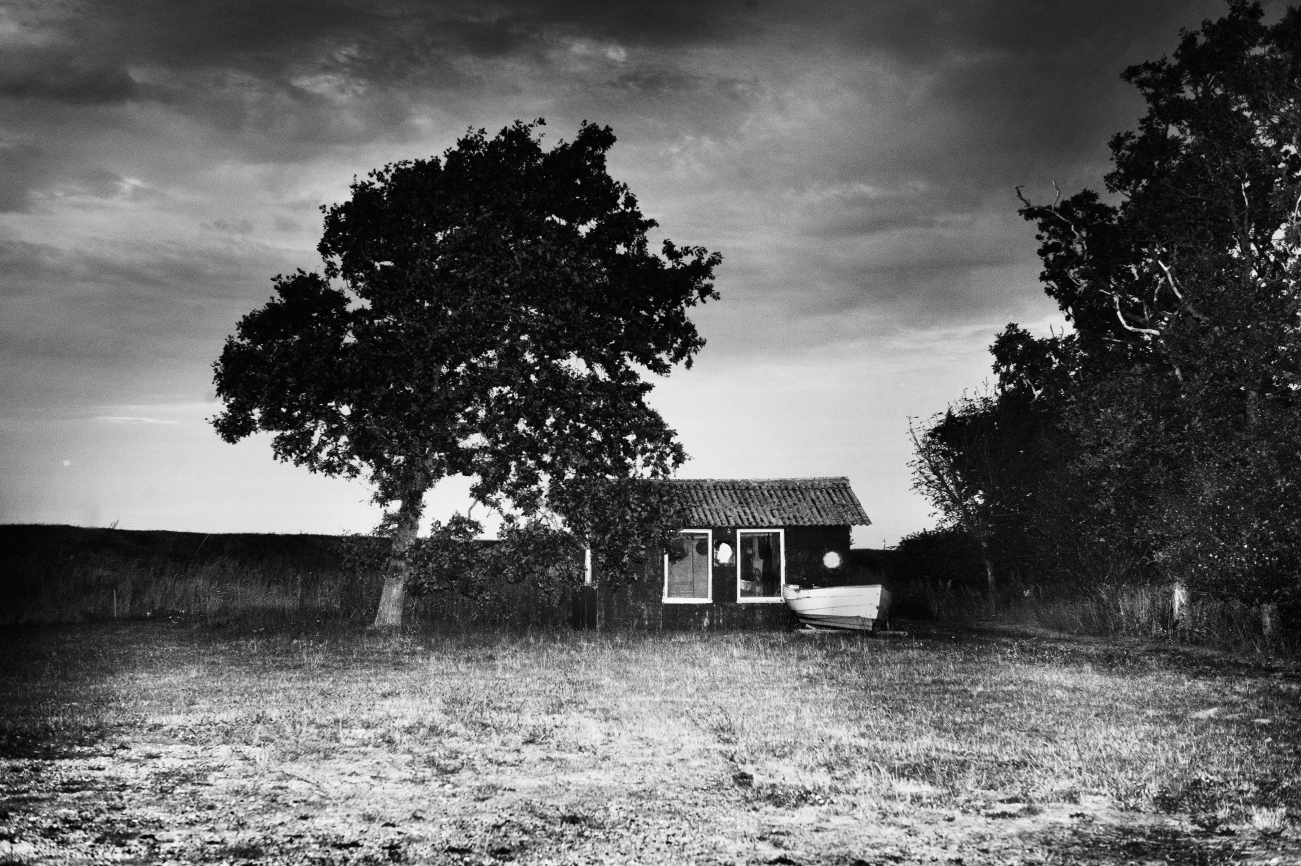
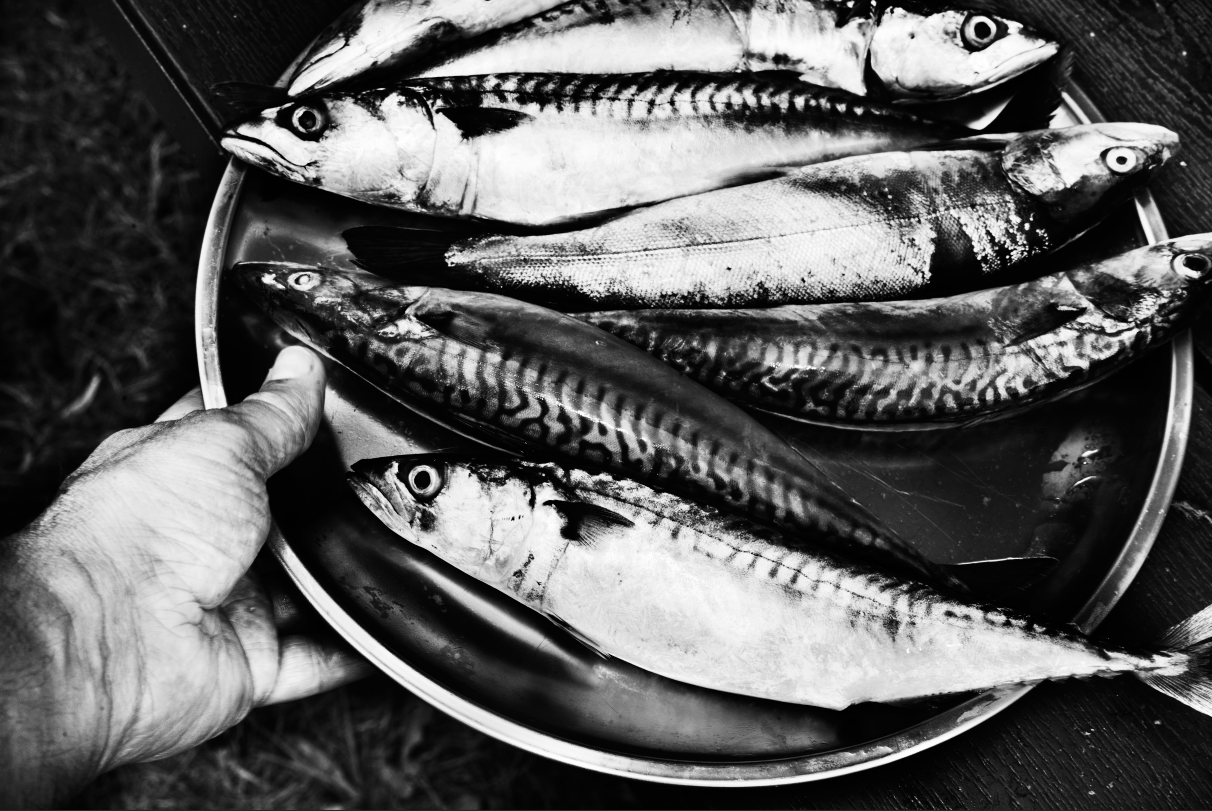
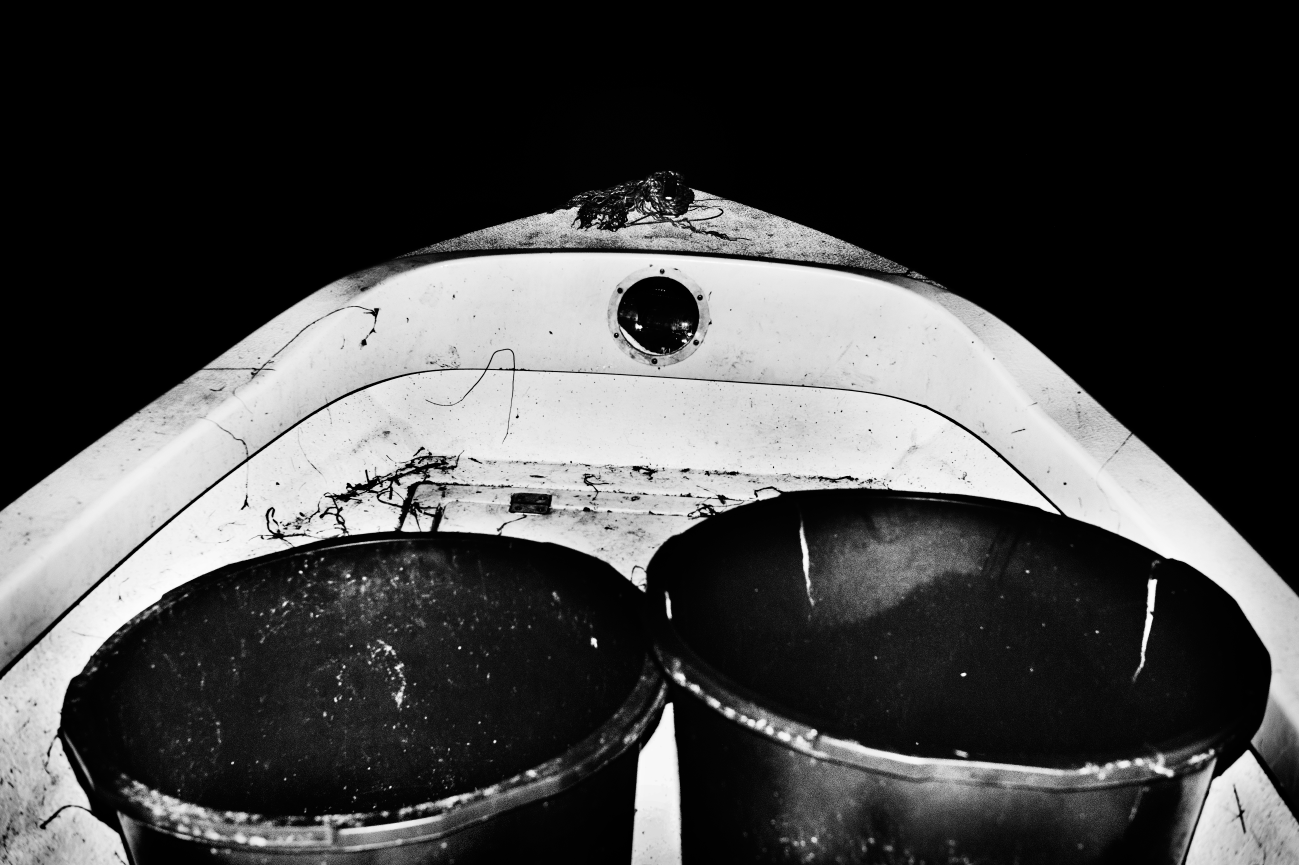
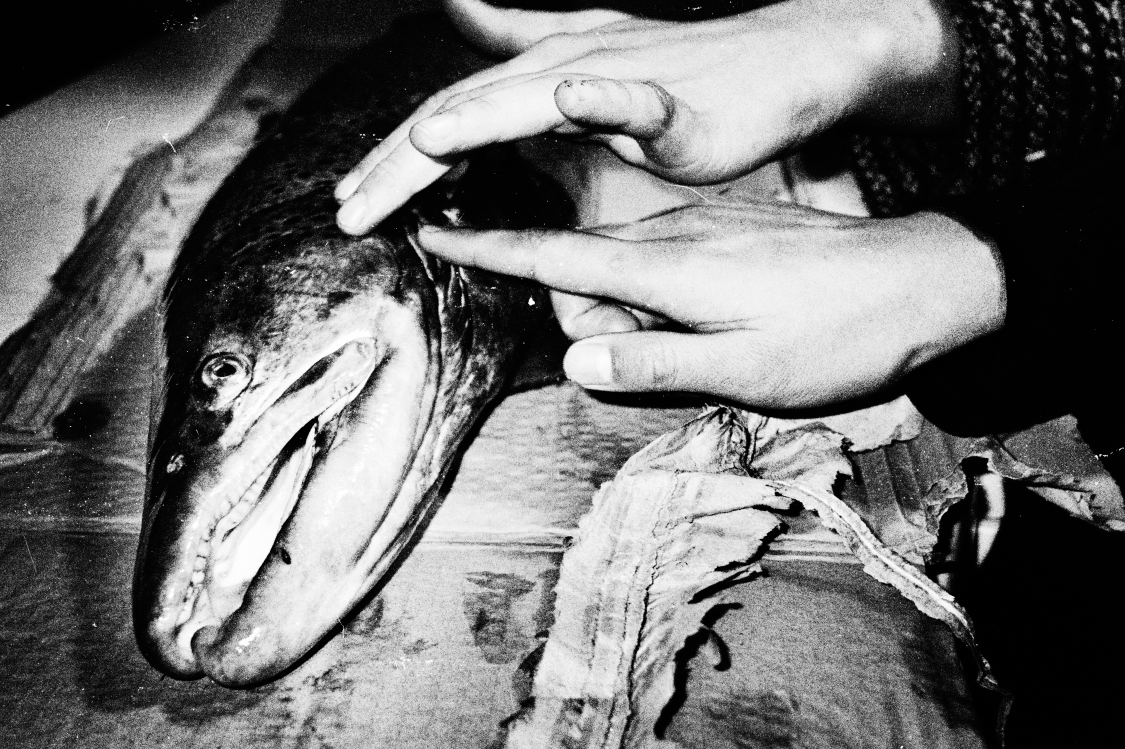
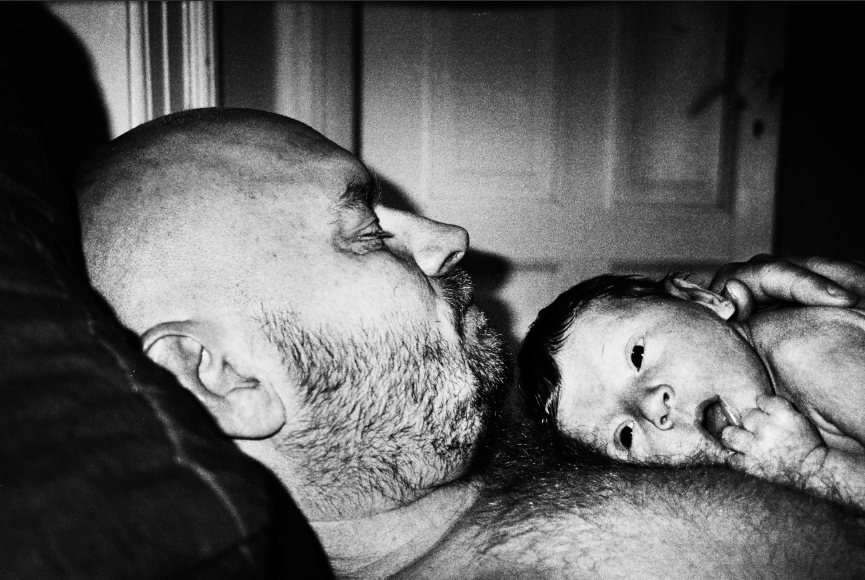

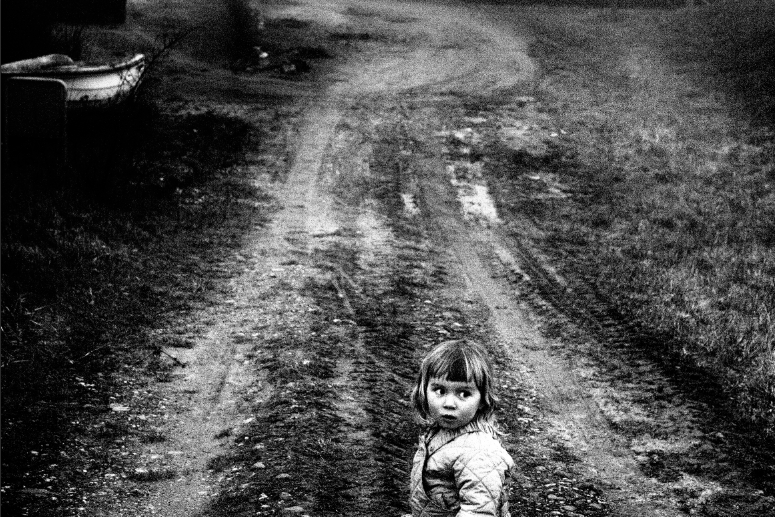





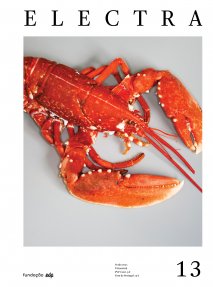
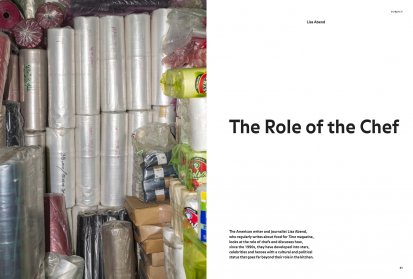
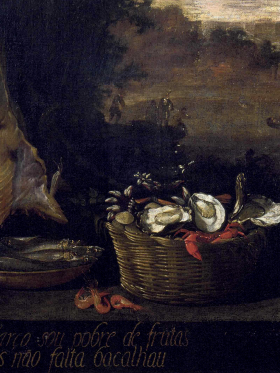
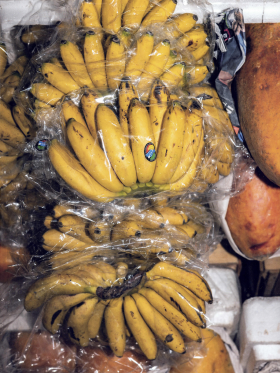
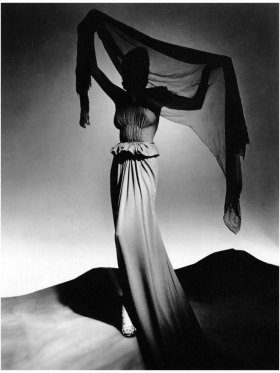
Share article